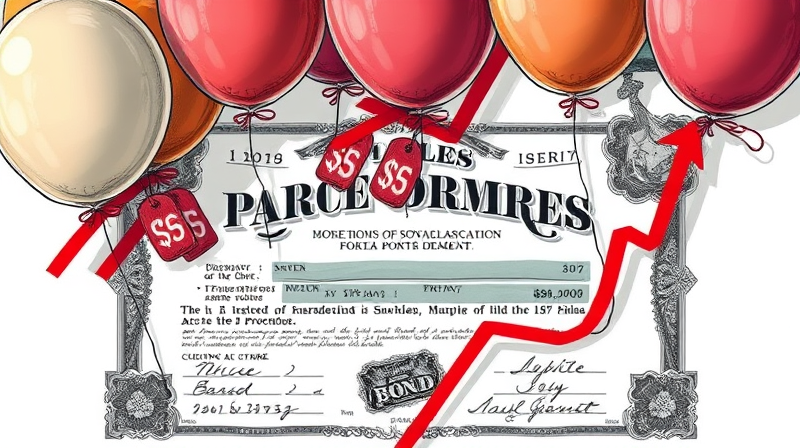
In the complex world of investing, the single most dangerous mistake an investor can make is to overcommit capital to one position. By learning to limit single-stock exposure with strict sizing, you gain control over risk and preserve your capital through even the most volatile markets.
When too much of your portfolio is tied up in one stock, your entire wealth hinges on that company’s fortunes. Corporate scandals, earnings misses, or regulatory actions can inflict significant losses in a single day.
This phenomenon—unsystematic risk—can be largely avoided by diversifying across multiple assets. Reduce unsystematic risks through diversification and you protect your capital from unforeseen shocks that affect only one company or industry.
Position sizing is the art of deciding how much money to put into each trade or investment. It is the cornerstone of effective risk control and the guardrail against catastrophic drawdowns. Without a clear sizing plan, emotion and impulse can lead you to place oversized bets that threaten your financial future.
Strict position sizing rules ensure that no single position can destroy your portfolio, even if it falls apart completely. By capping exposure, you maintain the power to stay invested and take advantage of future opportunities.
Each of these strategies addresses different needs. Beginners may start with fixed-dollar rules, while experienced traders prefer dynamic, volatility-sensitive sizing to maximize risk-adjusted returns.
Institutional investors and mutual funds rarely allow more than 5% of NAV in any single stock. This limit aligns with governance policies and helps maintain portfolio stability. Banks follow similar concentration rules, capping exposure to one borrower at around 15% of capital.
Professional guidelines often recommend further reductions when assets are highly correlated. For example, if two technology stocks move together, you might cut each position by an extra 25% to manage correlated concentration risk.
Discipline is the greatest ally of a successful investor. By adopting a clear sizing framework, you remove emotion from your decision-making process. Instead of guessing how much to risk, you follow a predetermined plan that enforces capital preservation and discipline.
Strict sizing also reduces regret: when a position fails, you know you risked only a small, acceptable portion of your capital, allowing you to move on and focus on better opportunities.
Awareness of these pitfalls helps you refine your approach and maintain consistency in portfolio performance over the long term.
Imagine a $100,000 portfolio. A 2% per-position rule limits each trade to $2,000. If three consecutive positions drop by 50%, your total loss is only $3,000, or 3% of your portfolio, leaving you ample capital to recover.
Alternatively, in a high-volatility environment, you might reduce your risk per trade to 0.5%. This adjustment buys you protection when markets gyrate and prevents steep drawdowns from multiple adverse moves.
Strict position sizing is not about limiting returns—it’s about ensuring you can stay in the game long enough to reap them. By adhering to clear, well-researched rules, you transform your portfolio from a high‐risk gamble into a controlled, disciplined machine.
Embrace these techniques to build resilience into your strategy, avoid devastating drawdowns, and cultivate the patience needed for sustainable, long-term growth.
References













